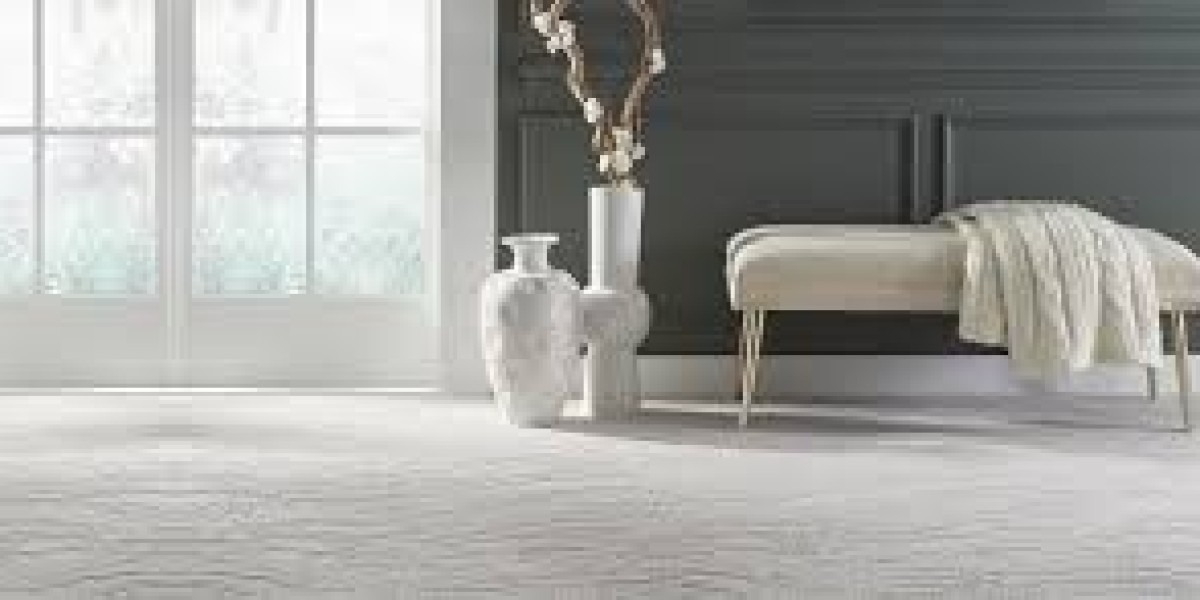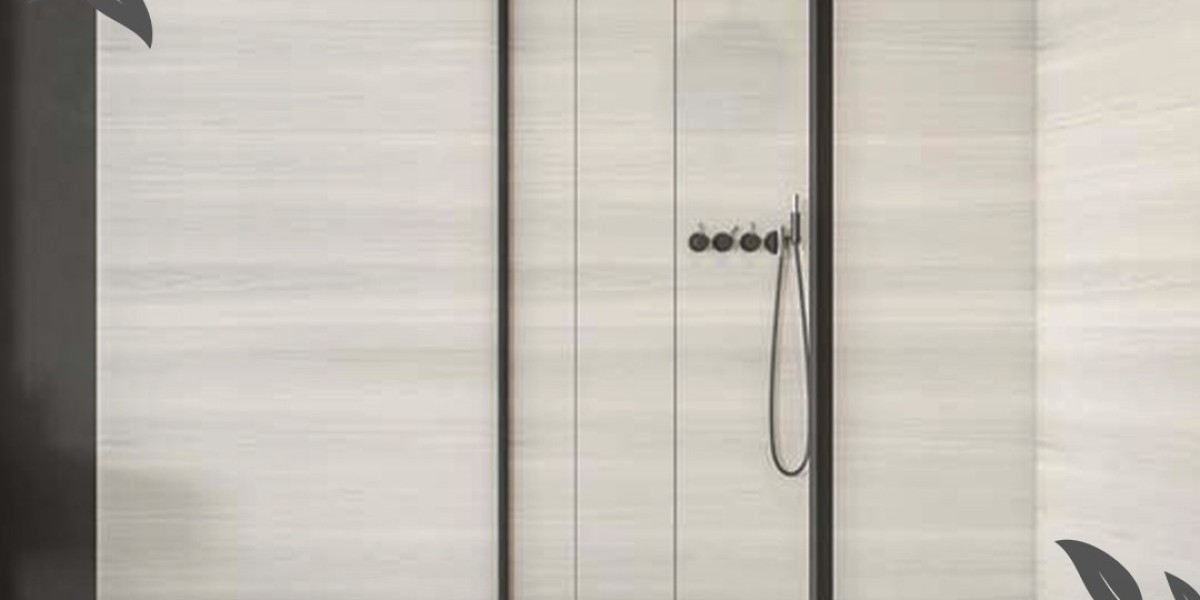Textured Berber carpet is one of the most popular flooring options available today, combining both style and practicality. Known for its distinctive loop pile construction, textured Berber carpet is durable, low-maintenance, and perfect for high-traffic areas in homes and offices alike. This type of carpet is valued for its versatility and unique texture, making it a favorite choice for modern interiors.
In this guide, we will dive into the key features, benefits, and best practices for choosing and maintaining textured Berber carpet. If you're considering this carpet for your space, this comprehensive article will provide all the details you need to make an informed decision.
What is Textured Berber Carpet?
Textured Berber carpet is characterized by its looped fibers, creating a textured appearance that is both durable and aesthetically appealing. Named after the traditional hand-woven carpets of the Berber people of North Africa, today’s Berber carpets are machine-made and offer a variety of colors, patterns, and textures.
The loops in Berber carpet can be made from a variety of fibers, including nylon, wool, polyester, or olefin. The loops are tightly woven to create a thick, textured surface that is tough enough to resist wear, stains, and dirt, making it a practical option for high-traffic areas like hallways, living rooms, and offices.
How Textured Berber Carpet is Made
The key to Berber carpet’s durability lies in its construction. Unlike traditional cut-pile carpets, where the fibers are sheared off to create a smooth surface, Berber carpets feature uncut loops of yarn. This loop construction gives the carpet its textured appearance and contributes to its long-lasting performance. The loops can be uniform or varied in height to add depth and interest to the design.
Advantages of Textured Berber Carpet
Textured Berber carpet offers several unique advantages that make it a popular flooring option for both residential and commercial spaces:
1. Durability and Resilience
One of the most significant advantages of textured Berber carpet is its exceptional durability. The looped fibers are tightly woven, which helps the carpet resist crushing, matting, and wear. This makes it an ideal choice for high-traffic areas like hallways, stairs, and family rooms. The durability of Berber carpets also makes them an excellent choice for homes with pets and children, as they can withstand daily wear and tear.
2. Stain and Soil Resistance
Textured Berber carpets are often treated to be stain-resistant, making them easier to clean and maintain. The loop construction also helps prevent dirt and debris from becoming embedded deep into the carpet fibers. For this reason, Berber carpet is a great option for entryways and other areas prone to spills and dirt.
3. Affordability
Berber carpets are available in a range of prices, making them an affordable flooring option compared to other carpets and flooring materials. The price can vary depending on the fiber type, with olefin and polyester options being more budget-friendly, while wool Berber carpets are on the higher end.
4. Variety of Styles and Colors
While Berber carpets are traditionally known for their neutral, speckled appearance, modern textured Berber carpets come in a wide range of colors, patterns, and textures. From subtle earth tones to bold, statement-making hues, there’s a Berber carpet to suit any décor style. The loops in the carpet can also vary in size and pattern, giving you endless design possibilities.
5. Hides Wear and Stains
The multi-tonal appearance of many Berber carpets helps disguise stains, dirt, and wear over time. This makes it a great option for busy households or office environments where spills and messes are common. The textured design keeps the carpet looking fresh longer between cleanings.
Choosing the Right Textured Berber Carpet for Your Space
When selecting a textured Berber carpet for your home or office, there are several key factors to consider:
1. Fiber Type
The material used in Berber carpet plays a significant role in its durability, comfort, and price. Here are the most common fiber types used in textured Berber carpets:
- Nylon: Known for its strength and resilience, nylon Berber carpets are ideal for high-traffic areas. Nylon is also highly resistant to stains and fading.
- Olefin (Polypropylene): This fiber is highly resistant to moisture and mildew, making it a great option for basements and outdoor spaces. It’s also an affordable option, though it’s less resilient than nylon.
- Polyester: Polyester Berber carpets are prized for their softness and vibrant colors. While less durable than nylon, polyester is stain-resistant and eco-friendly.
- Wool: A natural, luxury fiber, wool Berber carpets are extremely soft and provide excellent insulation. Wool is naturally resistant to dirt and offers a high-end look, but it is typically more expensive than synthetic fibers.
2. Loop Size and Texture
Berber carpets can vary in loop size, ranging from small, tightly woven loops to larger, more open loops. Smaller loops are generally more durable and resist matting, while larger loops create a plusher, more comfortable feel. The choice of loop size depends on the level of foot traffic in the area and your personal preference for texture.
3. Color and Pattern
Textured Berber carpets come in a wide array of colors and patterns. Neutral shades like beige, gray, and taupe are popular choices for their versatility and ability to hide dirt. For a more modern or bold look, you can opt for darker colors or carpets with patterned loops.
Installing Textured Berber Carpet: What to Expect
Proper installation is crucial to ensuring your Berber carpet looks great and performs well over time. Here’s a step-by-step look at the installation process:
1. Preparing the Subfloor
Before installation, the subfloor needs to be clean, dry, and level. A smooth subfloor ensures that the carpet lays flat without lumps or uneven areas.
2. Using Carpet Padding
A carpet pad is often installed under Berber carpet for added comfort and to extend the life of the carpet. The pad provides cushioning underfoot and helps absorb impact, reducing wear over time.
3. Cutting and Installing
Berber carpet is cut to fit the dimensions of your room. Because of the loops, Berber carpet is more prone to snagging, so it’s important that it is installed by professionals who can ensure a smooth, seamless finish.
4. Seaming
In larger rooms, multiple sections of carpet may need to be joined together. Professionals will match the patterns and colors carefully and secure the seams to ensure they are nearly invisible.
Caring for and Maintaining Textured Berber Carpet
Textured Berber carpet is relatively easy to maintain, but proper care is essential to keep it looking its best over the years. Here are some tips to help you care for your Berber carpet:
1. Regular Vacuuming
Vacuuming is the best way to keep your Berber carpet clean and free from dirt. Use a vacuum cleaner with adjustable height settings and suction-only mode to avoid damaging the loops. Vacuum your Berber carpet at least once a week, or more often in high-traffic areas.
2. Spot Cleaning
If you spill something on your Berber carpet, it’s important to blot the spill immediately. Avoid scrubbing, as this can cause the loops to fray or pull. Use a carpet cleaner specifically designed for Berber carpet to treat stains.
3. Deep Cleaning
Once a year, it’s a good idea to have your Berber carpet professionally cleaned. Steam cleaning or hot water extraction can remove embedded dirt and refresh the carpet, helping it maintain its texture and appearance.
4. Prevent Snags
Because Berber carpets have loops, they can be prone to snags if caught on sharp objects. Be mindful of furniture legs, pet claws, and sharp objects that can pull the loops. If a loop is pulled, you can often have it repaired by a professional carpet installer.
Conclusion: Why Textured Berber Carpet is a Smart Choice
Textured Berber carpet offers a perfect combination of durability, style, and affordability, making it a popular choice for both homes and offices. Its loop construction makes it resistant to wear, stains, and dirt, while the variety of colors and textures allows it to complement any interior design. With the proper care, Berber carpet will provide a comfortable, stylish, and long-lasting flooring solution for years to come.








